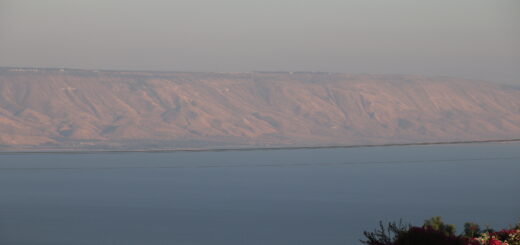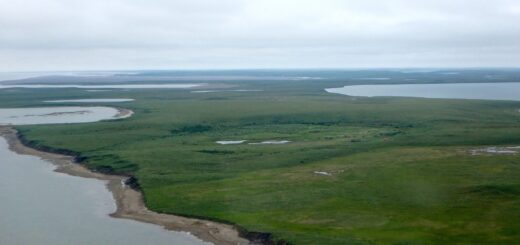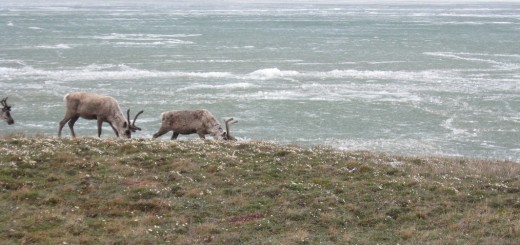Data From Alaska’s Lake Peters Will Inform Climate Models
0Climate modeling is hard. But perhaps more daunting is work to make the models more accurate. From deep-sea expeditions to high-altitude flights, scientists can go almost anywhere, gather data and improve the current understanding of climate.
For scientists at Northern Arizona University, their destination of choice was Lake Peters, an ice-covered lake in the middle of the Arctic Wildlife Refuge. Researchers and students from the school went to the lake in four shifts over the spring and summer of 2015. And instead of massive ocean waves deep beneath the surface or shifting wind patterns, they zeroed in on the glacier-fed lake’s sediment.
“We realized we needed to do more groundwork to understand those complicated systems,” said Darrell Kaufman, regents’ professor at the university, in a statement. He has studied Arctic lake sediment cores for years, looking for clues to environmental changes that could inform climate models.

A sediment trap with a carousel of collection bottles. (Credit: Northern Arizona University)
What’s great about glacier-fed lakes, say other scientists who helped on the project, is that they provide excellent long-term records to evaluate.
“Glaciers are excellent recorders of long-term climate variability,” said Nick McKay, assistant professor at the university, in the release. “Unlike living organisms, which have strategies to overcome changes in climate, glaciers don’t.” And so it is that analyzing sediments from the lakes they feed can be quite revealing.
But the project wasn’t as simple as gathering a few cores and heading home. Northern Arizona researchers were concerned that conditions in the lake’s surrounding watershed could influence the data in ways that couldn’t be explained by climate variation. And so they worked to generate more data from Lake Peters’ surroundings.

Lake Peters. (Credit: Northern Arizona University)
From there, plans are to create a research network with two other Arctic lakes that are relatively well studied. One is in southern Alaska and the other is on an island near Norway.
“We’re trying to combine field observations with models that simulate sediment transfer from the glaciated catchment to the lake,” Kaufman said in the statement. “If we can build the model, then we can turn knobs and ask questions about future outcomes.”
The researchers will continue analyzing the data this winter, and then return to Lake Peters in summer 2016 for two more rounds of fieldwork to plug into the model.
“No one has ever tried to do what we’re doing — simulate a whole watershed like this,” said McKay in the release. “Hopefully the model is good enough that we can ask some of our questions and get meaningful answers.”
Featured Image: Gates of the Arctic National Park. (Credit: Public Domain)
Do you study glacial lakes? Or got a knack for climate models? Please leave a comment and share your thoughts.













